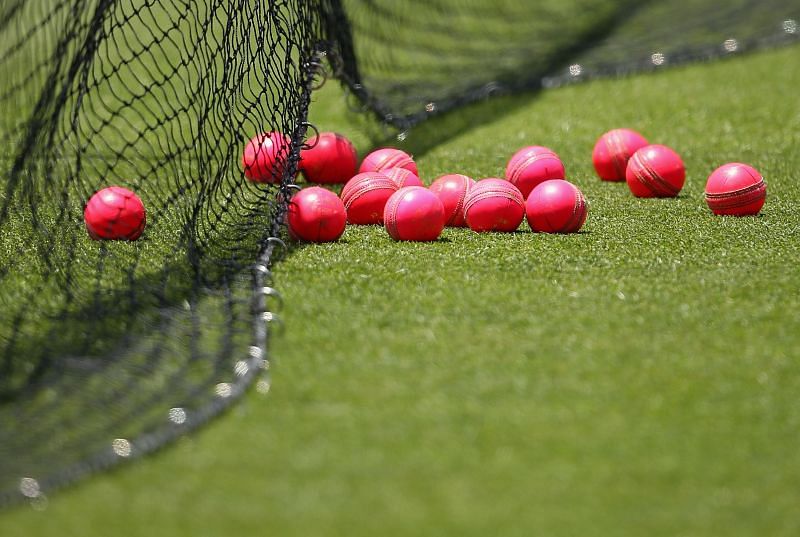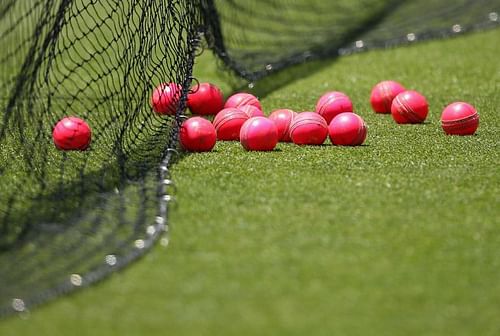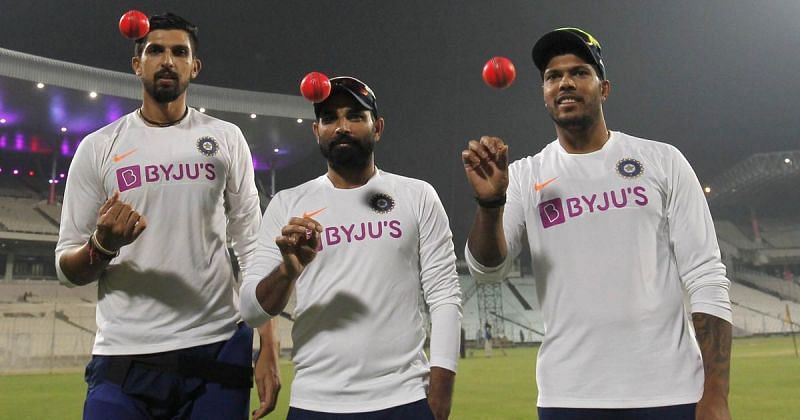
IND v AUS 2020: Why is a pink ball used in day-night Test matches?

After losing the ODI series 2-1, India clinched the T20I series by the same margin to even the honors in the white-ball leg against Australia.
The focus will now shift to red-ball cricket in the forthcoming Test series. The action will actually kickstart with a pink ball, as India play their second day-night Test on Thursday (December 17) at the Adelaide Oval.
While Test cricket is usually played with a red cherry, pink balls are used in day-night Tests for batsmen to sight it better under artificial lights. The extra lacquer on a pink ball not only enhances its visibility under floodlights, but it also sustains the shine and shape for a longer period. This helps the ball produce more swing as compared to a red one.
On the flip side, red balls take a brownish colour as they get old and become the same colour as the pitch.
Among Kookaburra, Dukes and SG, which are the three main manufacturers of cricket balls for international matches, Dukes and SG balls have more pronounced seams. This is due to all six rows of threads around the central seam of the ball being hand-stitched.
India and Australia, however, will use Kookaburra balls, which have just two rows (inner seam) hand-stitched while the four outer rows are stitched with machines. This difference makes the seam of Kookaburra balls flatten faster than those of Dukes and SG.
Notably, Kookaburra initially designed orange and yellow-coloured balls for day-night Tests. It was eventually changed to pink after cameramen complained of not being able to follow its movement under the night sky and floodlights.
India played its first pink-ball Test last year

India became the last of the powerhouses in international cricket to give their nod to day-night Tests when they hosted neighbours Bangladesh in their maiden pink ball Test match at the Eden Gardens from November 22-26 last year.
Brief scorecard: Bangladesh 106 all out (Shadman Islam 29, Liton Das 24, Ishant Sharma 5/22, Umesh Yadav 3/29) & 195 all out (Mushfiqur Rahim 74, Mahmudullah 39, Umesh Yadav 5/53, Ishant Sharma 4/56) lost to India 347-9 dec (Virat Kohli 136, Cheteshwar Pujara 55, Al-Amin Hossain 3/85, Ebadat Hossain 3/91) by an innings and 46 runs